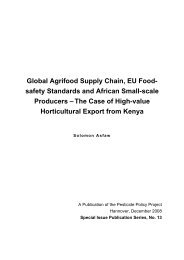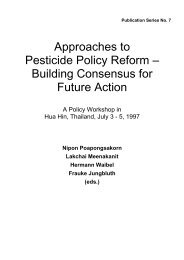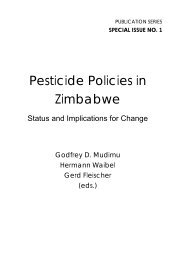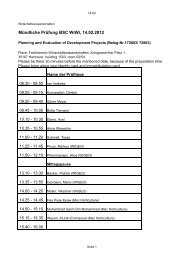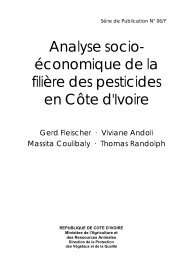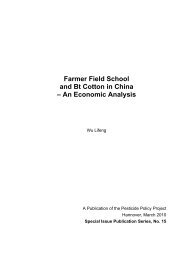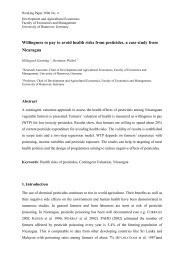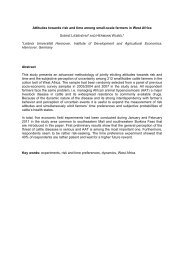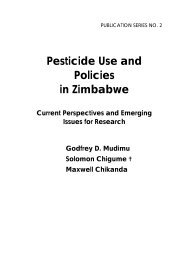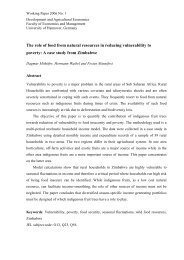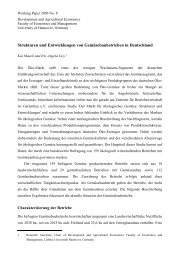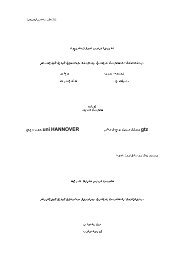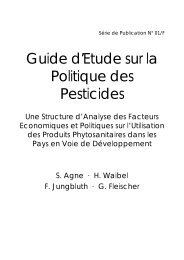PPP Special 08 - Institut für Entwicklungs- und Agrarökonomik
PPP Special 08 - Institut für Entwicklungs- und Agrarökonomik
PPP Special 08 - Institut für Entwicklungs- und Agrarökonomik
You also want an ePaper? Increase the reach of your titles
YUMPU automatically turns print PDFs into web optimized ePapers that Google loves.
3<br />
Cotton is grown in three distinct agro ecological zones of India which<br />
are characterised by different soils:<br />
Northern zone of sandy loam soils were cotton is grown almost<br />
entirely <strong>und</strong>er irrigation,<br />
Central zone of black soils where cotton is mostly grown <strong>und</strong>er<br />
rainfed conditions and<br />
Southern zone of red soils where cotton is predominantly rainfed<br />
(Basu, Paroda, 1995)<br />
At present 125 cotton varieties and hybrids have been released so far in<br />
India (Khadi, 2002). All four species of cotton (i.e. G. hirsutum,<br />
G. barbadense, G. arboreum and G. herbaceum) are grown in the<br />
different geographical zones. In addition, hybrid cotton varieties have a<br />
big share on the total cotton area (aro<strong>und</strong> 36 per cent, Annex A-16) and<br />
are mostly grown in the central and southern zones of India.<br />
Although cotton accounts for only 5 per cent of the arable land in India,<br />
it consumes more than 50 per cent of chemical pesticides (FAO, 2002).<br />
The largest proportion of cotton pesticides is used to protect cotton<br />
plants against losses due to bollworm pests.<br />
Cultivating cotton is a high-risk business constrained by pests and<br />
unfavourable climatic conditions. Farmers, especially marginal and<br />
small-scale farmers who are dependent on regular season income,<br />
often shift to other less risky crops.



